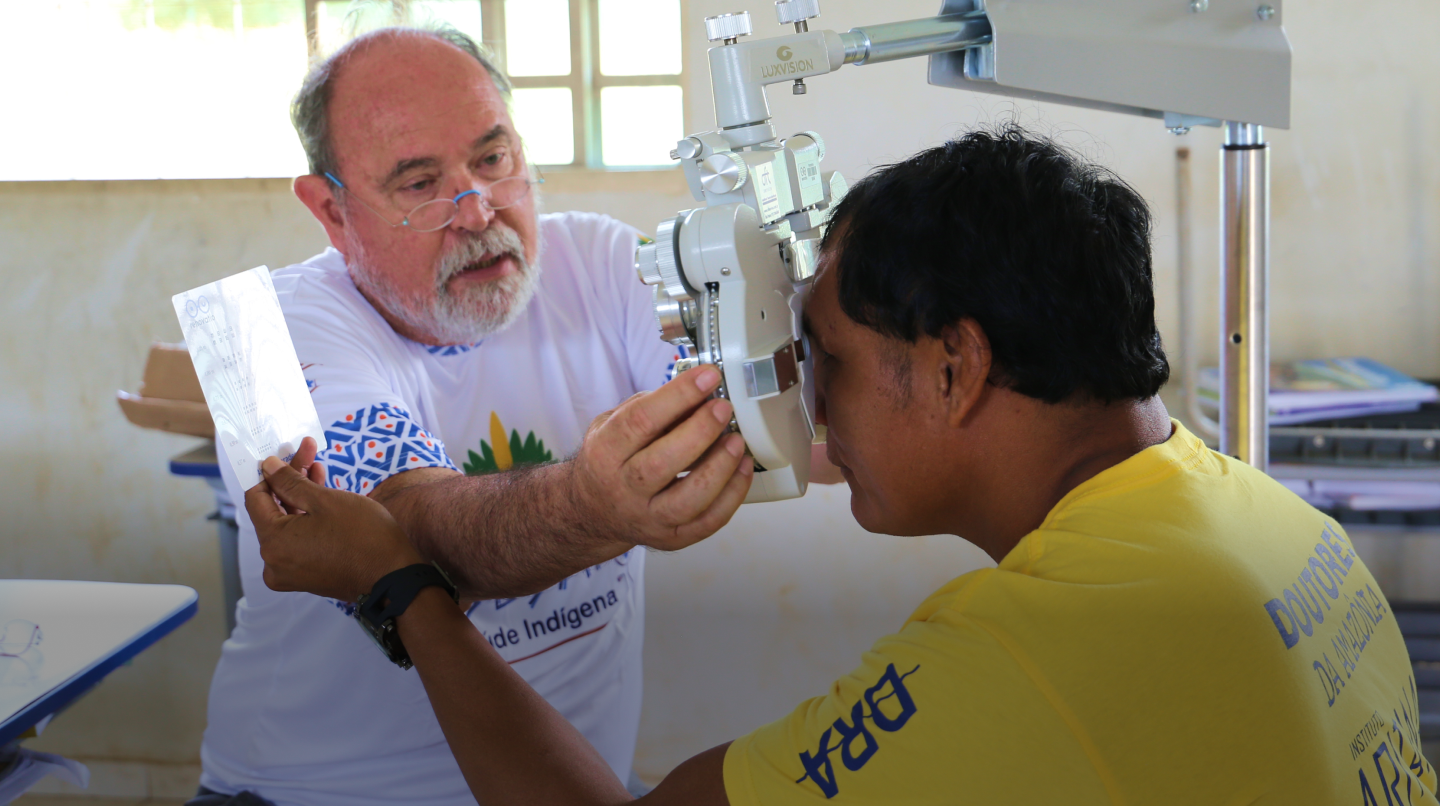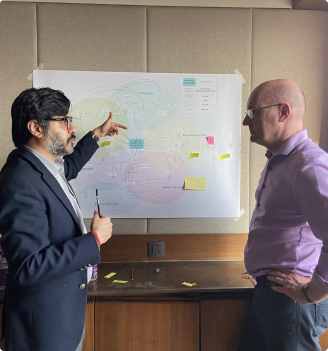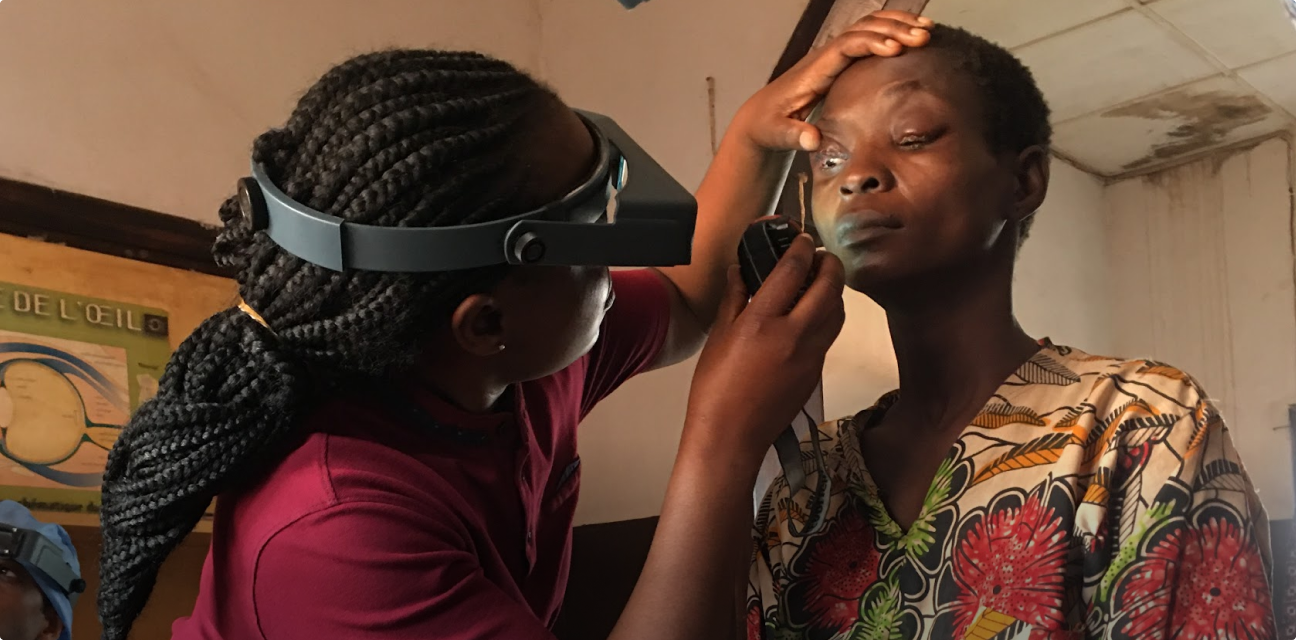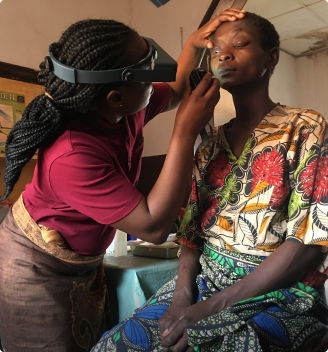
Uncorrected Refractive Error(URE) is a significant public health issue, especially in Low and Middle-Income Countries(LMICs), because of limited availability, affordability and accessibility of eye care services.
It is not only a health problem, but also a problem of economic development, education, social participation. Women and girls are disproportionately affected, highlighting that blurry vision also has a gender dimension. There is a need for comprehensive eye care, integrating services, addressing URE into National Health Systems.

URE is the second leading cause of blindness, following cataracts. It is the main cause of moderate and severe vision impairment, affecting an estimated 826 million people worldwide.

High myopia is expected to increase globally, potentially impacting more children, if not addressed. Children with vision loss are 2-5 times less likely to be in formal education in LMICs.

It is estimated that the vision impairment can lead to global economic losses of $411 billion in productivity each year.

URE disproportionately impacts people in LMICs, specifically older people and individuals in disadvantaged populations, in which access to eye care services is often limited.


Photo Credit: GoodVision

We believe that it is possible to solve the problem of Uncorrected Refractive Error once and for all. It requires a functioning market for people’s durable access to glasses and services, awareness by individual customers and recognition and support by governments.


Photo Credit: The Coalition for Clear Vision
By leveraging our collective resources and knowledge, by using a systems approach, and by working collaboratively across private, public and nonprofit sectors, we strategically change the vision care system and market, which leads to our members and other stakeholders achieves the scale required to address Uncorrected Refractive Error. Leads to people globally utilizing vision care services and products in a sustainable way.
COALITION ECOSYSTEM
The role of the Coalition is to facilitate the development of strategies, local and national alliances, and country-level eco-systems to solve the problem of Uncorrected Refractive Error at scale in ways that members cannot do alone. The coalition creates evidence and know-how for the development of enabling environments, removing barriers to scale up the availability and use of eyeglasses and eye health services for the one billion people in need of them.
We strategically change the vision care system and market by leveraging our collective resources and knowledge, by using a systems approach, and by working collaboratively across private, public and nonprofit sectors.


Photo Credit: Christian Blindness Mission

We build member capacities in analyzing the vision care system at national and global level to determine leverage points and to decide upon and prioritise activities with the most impact. While evaluating the systemic impact, we track country progress with agreed upon shared measurement tools, document and share best practices and tool kits.

We create shared and aligned approaches to delivering integrated refractive error service catalyze country-level collaborations on the systems change agenda and promote the uptake of evidence-based models and vision access solutions.

We aim to develop consensus views on key issues and create collective advocacy strategies for members to implement. In addition, we equip members with resources to advocate for priority policies, regulations and local/national/global action plans; activate new funding opportunities for members by providing them with compelling arguments and data.

We strategically engage our stakeholders from the eye care system and in a multi-sector approach to assure that all voices inform our strategy and practice; build partnerships and cross-sector collaboration at national and global level; prevent duplication of effort.